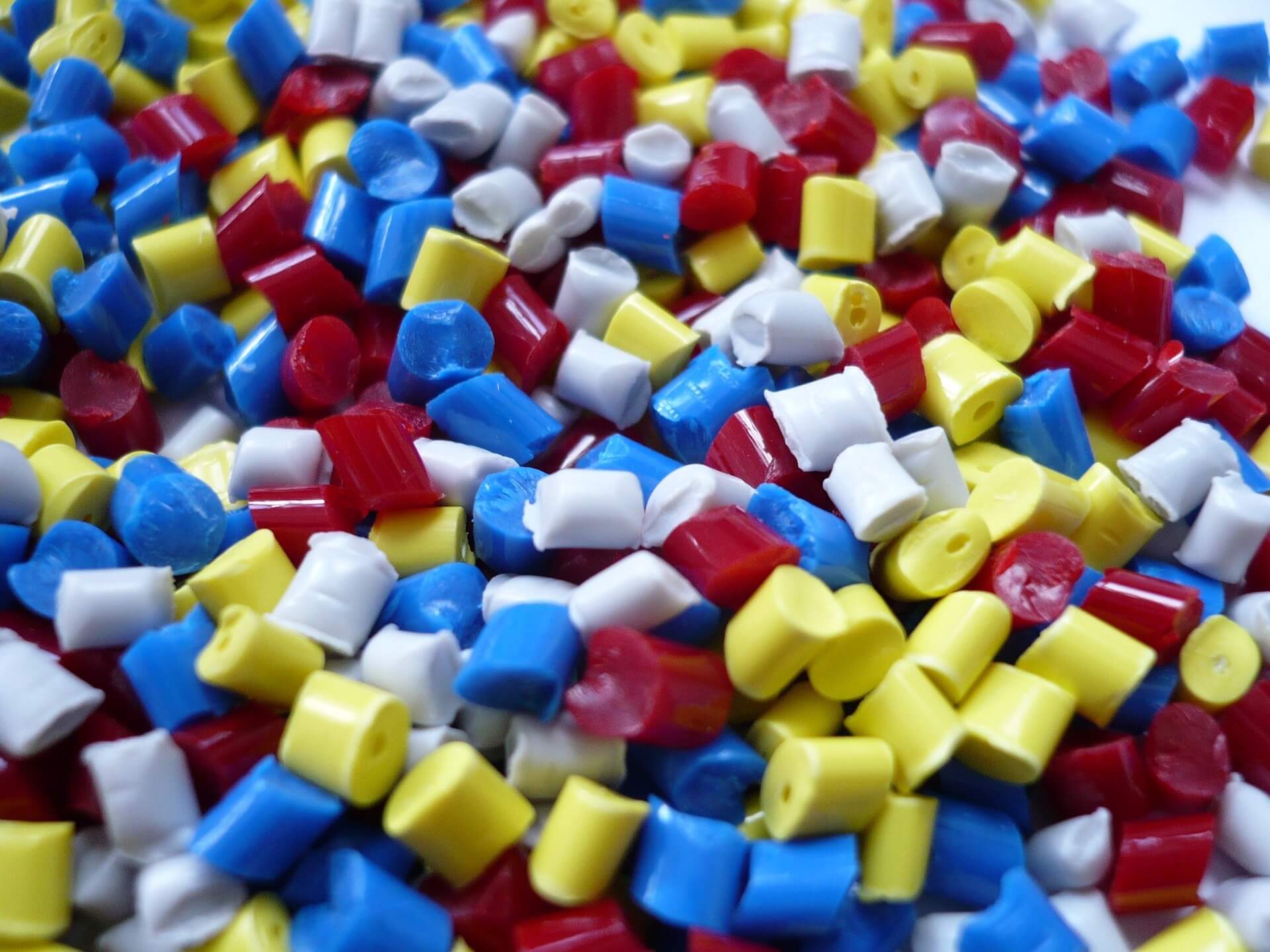What is a Polymer?
A polymer is a large molecule composed of many repeating subunits, called monomers, that are chemically bonded together. The monomers are usually small organic molecules that contain a few functional groups, such as hydroxyl, carboxyl, or amino groups, that allow them to react with each other to form long chains or networks of polymers.
Polymers can be formed by a variety of polymerization processes, including addition polymerization, condensation polymerization, and ring-opening polymerization. The properties of the resulting polymer depend on the choice of monomers, the reaction conditions, and the degree of polymerization achieved.
Polymers have a wide range of applications, due to their unique properties such as high strength, flexibility, thermal stability, and resistance to chemicals and weathering. Examples of polymers include plastics, rubber, fibers, coatings, adhesives, and composites, which are used in a variety of industries such as packaging, construction, automotive, aerospace, and electronics.
What is Polymerization?
When we say what is a polymer and how is it made, we go to learn about Polymerization which is a process in which small molecules, called monomers, are chemically bonded together to form long chains or networks, called polymers. The reaction occurs through a variety of mechanisms, including condensation polymerization, addition polymerization, and ring-opening polymerization.
During polymerization, the monomers undergo a chemical reaction that involves breaking the double or triple bond present in the monomer and forming covalent bonds with other monomers. This process is often catalyzed by a chemical initiator or a catalyst, and can be carried out in a variety of conditions such as high temperature and pressure, or under ultraviolet light.
Uses of Polymerization:
Polymerization is a fundamental process in the production of many materials, including plastics, rubber, adhesives, coatings, and fibers. The properties of the resulting polymer depend on the choice of monomers, the reaction conditions, and the degree of polymerization achieved.
Types of Polymerization:
There are several types of polymerization, including:
- Addition polymerization:
In this type of polymerization, unsaturated monomers, such as ethylene, vinyl chloride, and styrene, undergo a chain reaction to form long chains of polymer. This process involves the addition of monomers to the growing polymer chain, without the elimination of any by-products.
- Condensation polymerization:
In this type of polymerization, two or more monomers with functional groups, such as hydroxyl, carboxyl, or amino groups, undergo a reaction to form a polymer. This process involves the elimination of a small molecule, such as water or HCl, during the formation of each covalent bond between the monomers.
- Ring-opening polymerization:
This type of polymerization involves the opening of a cyclic monomer, such as lactams, lactones, or epoxides, to form a linear polymer. This process can be initiated by a variety of catalysts, including acid or base.
- Emulsion polymerization:
This is a type of addition polymerization that takes place in an aqueous medium, with the aid of surfactants. It is often used to produce latexes, such as those used in paint and coatings.
- Radical polymerization:
This is a type of addition polymerization that involves the initiation of a chain reaction by a radical initiator, such as a peroxide or azo compound. This process can produce polymers with a wide range of properties, depending on the choice of monomers and reaction conditions.
These are just a few of the many types of polymerization that exist, each with its own unique set of advantages and disadvantages for different applications.

FAQs:
Questions 1:
What is a good definition of a polymer?
Answer:
A polymer is a large molecule consisting of many repeating subunits, called monomers, linked together through covalent bonds. These monomers
can be identical or different, and the resulting polymer can have a wide range of physical and chemical properties. Polymers can be natural, such as proteins and DNA, or synthetic, such as plastics and rubber, and they have numerous applications in materials science, biotechnology, and many other fields.
Question 2:
What is a polymer example?
Answer:
There are many examples of polymers, both natural and synthetic. Here are some common examples:
- Polyethylene – This is a synthetic polymer that is used to make a wide variety of products, including plastic bags, bottles, and containers.
- Polystyrene – This is a synthetic polymer that is used to make foam cups, food containers, and insulation.
- Polypropylene – This is a synthetic polymer that is used to make carpets, car parts, and packaging materials.
- Nylon – This is a synthetic polymer that is used to make clothing, carpets, and fishing line.
- DNA – This is a natural polymer that carries genetic information in cells.
- Proteins – These are natural polymers made up of amino acid monomers that perform many functions in living organisms, such as enzymes and structural components.
- Cellulose – This is a natural polymer found in plant cell walls that gives them their strength and rigidity. It is also used to make paper and textiles.
Question 3:
What is a polymer simple definition for kids?
Answer:
A polymer is a big molecule made up of lots of smaller molecules called monomers that are connected together. It’s like building with LEGO bricks. You can snap lots of little bricks together to make a big structure. The same way, you can link lots of monomers together to create a polymer. These polymers can be natural, like DNA or proteins, or man-made, like plastic or rubber.

